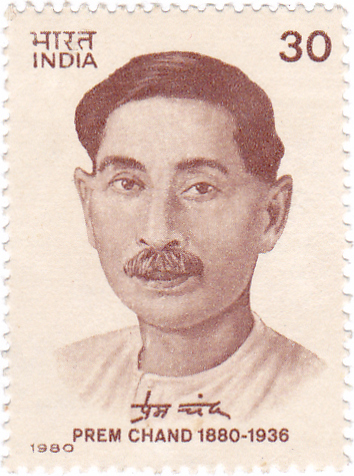The Complete collection of books written by Munshi Premchand
Literature
Munshi Premchand Books : मुंशी प्रेमचंद की पुस्तकें
Munshi Premchand, one of India’s most celebrated writers, is renowned for his contribution to Hindi and Urdu literature. His works often reflect the socio-political landscape of early 20th-century India, highlighting the struggles of the common people. Here’s an introduction to some of Premchand’s most notable books:
1. Godaan (The Gift of a Cow)
- Published: 1936
- Language: Hindi
- Synopsis: Considered Premchand’s masterpiece, “Godaan” portrays the life of Hori, a poor peasant who dreams of owning a cow. The novel explores the harsh realities of rural life, social injustices, and the exploitation faced by farmers.
- Themes: Poverty, social injustice, exploitation, rural life, and aspirations.
2. Nirmala
- Published: 1928
- Language: Hindi
- Synopsis: “Nirmala” is a poignant tale of a young girl forced into a marriage with an older man due to her family’s financial constraints. The novel delves into issues such as dowry, marital discord, and the suffering of women in patriarchal society.
- Themes: Dowry system, gender inequality, marital strife, and societal pressures.
3. Karmabhumi (The Land of Action)
- Published: 1932
- Language: Hindi
- Synopsis: “Karmabhumi” focuses on the socio-political changes in Indian society during the freedom struggle. It tells the story of Amarkant, a young man torn between his duty towards his family and his desire to participate in the independence movement.
- Themes: Nationalism, social reform, family duty, and personal sacrifice.
4. Gaban (The Embezzlement)
- Published: 1931
- Language: Hindi
- Synopsis: “Gaban” revolves around the life of Ramanath, a young man who succumbs to the temptation of stealing to fulfill his wife’s material desires. The novel critiques the moral degradation and the impact of societal pressures on individuals.
- Themes: Greed, moral decay, social pressure, and consequences of unethical actions.
5. Sevasadan (The House of Service)
- Published: 1918
- Language: Urdu (Originally titled “Bazar-e-Husn”)
- Synopsis: “Sevasadan” addresses the issues of women’s empowerment and the reform of the courtesan system. It tells the story of Suman, a woman who escapes a life of degradation to dedicate herself to social service.
- Themes: Women’s rights, social reform, empowerment, and redemption.
6. Rangbhumi (The Arena)
- Published: 1924
- Language: Hindi
- Synopsis: “Rangbhumi” features Surdas, a blind beggar who becomes a symbol of resistance against the exploitation of the poor by the rich and powerful. The novel critiques the socio-economic disparities and the struggles of the marginalized.
- Themes: Social injustice, resistance, exploitation, and the plight of the marginalized.
7. Premashram (The Abode of Love)
- Published: 1922
- Language: Hindi
- Synopsis: “Premashram” explores the themes of social reform and the clash between traditional values and modern ideas. It tells the story of Amrit Rai, who strives to create a utopian society based on justice and equality.
- Themes: Social reform, justice, equality, and the conflict between tradition and modernity.
8. Vardaan (The Boon)
- Published: 1937
- Language: Hindi
- Synopsis: “Vardaan” focuses on the theme of love and sacrifice. It narrates the story of a young couple, who, despite facing numerous challenges, remain devoted to each other and their principles.
- Themes: Love, sacrifice, devotion, and resilience.
9. Kafan (The Shroud)
- Published: 1936
- Language: Hindi
- Synopsis: “Kafan” is a powerful short story that critiques the dehumanizing effects of poverty. It tells the story of a father and son who, despite their dire circumstances, choose to spend money on alcohol instead of a shroud for the deceased wife/mother.
- Themes: Poverty, dehumanization, social critique, and moral ambiguity.
10. Idgah
- Published: 1933
- Language: Hindi
- Synopsis: “Idgah” is a short story about a young boy named Hamid who, despite his poverty, buys a pair of tongs for his grandmother instead of spending his Eid money on sweets. The story highlights themes of love, sacrifice, and empathy.
- Themes: Love, sacrifice, empathy, and familial bonds.
Conclusion
Premchand’s works are characterized by their deep empathy for the poor and marginalized, their critique of social injustices, and their portrayal of the complex socio-political landscape of India in the early 20th century. His stories continue to resonate with readers for their humanism, realism, and powerful social messages.
Hindi Books
I am sharing the complete collection of works of Premchand:
Premchand Mansarovar – Complete in 8 volumes
In 8 Volumes: 





